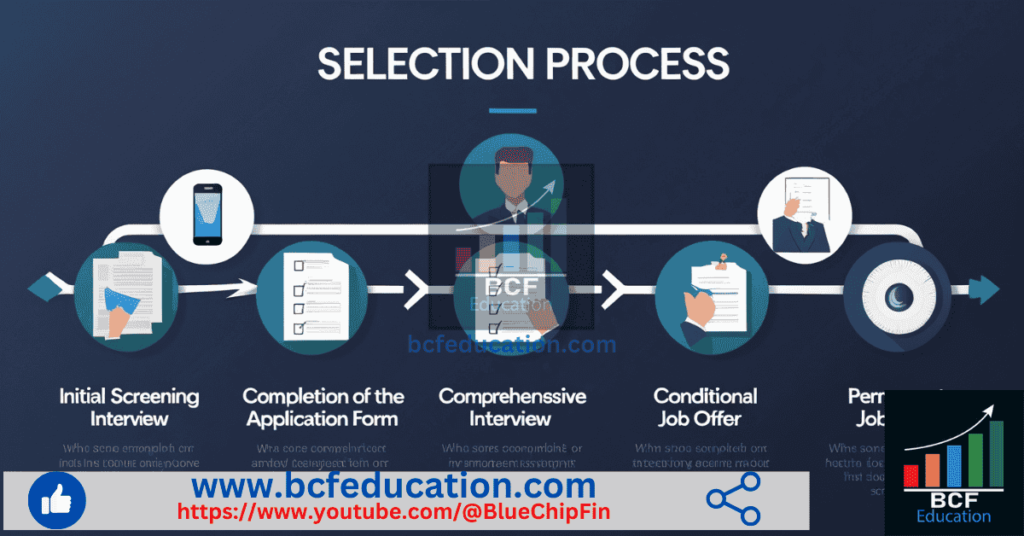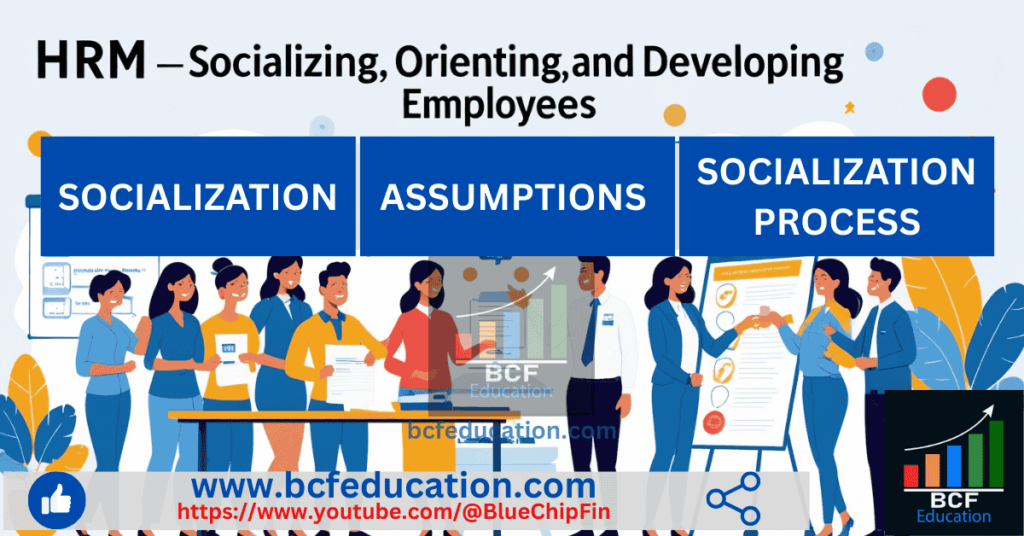What are the Constraints of Recruitment, Principle Sources in Recruitment Process & Recruitment Alternatives?.
“Recruitment is a critical function for any organization, but it comes with its own set of challenges and opportunities. In this blog post, we delve into the constraints of recruitment, exploring common hurdles like budget limitations, time pressures, skill shortages, and geographical barriers that can impact hiring success. We then examine the principle sources in the recruitment process, from traditional job boards and social media platforms to employee referrals and recruitment agencies, highlighting how each source contributes to finding the right talent.
Finally, we explore recruitment alternatives such as freelancing, outsourcing, internal promotions, and AI-driven tools, offering innovative solutions to overcome traditional recruitment challenges. Whether you’re an HR professional or a business leader, this post provides valuable insights to optimize your recruitment strategy and adapt to the evolving hiring landscape.”
This description is concise, informative, and designed to attract readers by addressing their pain points and offering actionable solutions. This topic is equally important for the students of the subject Human Resource Management across all the major Universities such as MU, DU, PU & others & across all business & finance disciplines.
Table of Contents
What are the Constraints of Recruitment, Principle Sources in Recruitment Process & Recruitment Alternatives?
What are the Constraints of Recruitment?
Recruiting the best candidates can be challenging due to certain limitations. Even if a company attracts qualified applicants, the top candidates might not be interested in working there. These challenges restrict recruiters’ ability to hire their preferred candidates. Let’s focus on five key constraints:
- Organization Image: A company’s reputation greatly affects its ability to attract talent. For example, Disney is highly regarded for its high salaries, benefits, and respect, making it easy to attract graduates. However, some organizations have negative reputations due to factors like poor working conditions, low-quality products, or lack of employee care, which can deter top candidates. To combat this, many companies are working on building a positive image and branding their workplace experience, similar to how they market products to consumers.
- Job Attractiveness: If a job is seen as difficult, unpleasant, or low-paying, it’s harder to attract qualified applicants. For example, manual labor jobs or roles in industries like meat packing often struggle to find workers, even during high unemployment. Jobs viewed as boring, risky, or with little growth potential are less appealing to candidates.
- Internal Policies: Some companies prioritize hiring from within, filling higher positions with existing employees. While this benefits current staff, it can reduce the number of external applicants.
- Government Influence: Laws prevent employers from discriminating based on non-job-related factors like gender, age, or appearance. For instance, an airline can’t hire only young, attractive females for flight attendant roles if qualified males or older females are rejected unfairly.
- Recruiting Costs: Recruiting is expensive, sometimes costing over $10,500 per position. Budget limits can shorten the hiring process, leading companies to use cost-effective methods like video interviews or conference calls to save time and money.
Principle Sources in Recruitment Process
Internal Hiring
Many large companies prefer to promote employees from within for higher positions. This approach has benefits like boosting morale, saving costs, and ensuring better selection since the company already knows the employee’s performance. For example, companies like UPS and McDonald’s often promote internally, with many top executives starting in entry-level roles. However, internal hiring can lead to issues like favoritism, lack of diversity, and missed opportunities to bring in fresh talent from outside.
Employee Referrals
Current employees often recommend candidates they believe will perform well. These referrals tend to be reliable because employees risk their reputation by recommending someone. Referred candidates also get more accurate job information, reducing unrealistic expectations and increasing job satisfaction.
External Hiring
When internal candidates aren’t available, companies look outside. Methods include:
- Advertisements: Jobs are advertised in newspapers, online (e.g., Monster, Craigslist), or specialized platforms depending on the role’s level and requirements.
- Employment Agencies: These include public agencies (free services), private agencies (paid services), and executive search firms (for high-level or specialized roles).
- Schools and Colleges: Educational institutions help recruit graduates, from entry-level to professional roles, often through internships or placement services.
- Job Fairs: These events, including virtual ones, help companies connect with potential candidates and build their employer brand.
- Professional Organizations: Groups like unions or industry associations offer job listings and networking opportunities for members.
- Unsolicited Applications: Some candidates apply on their own, and their applications can be kept on file for future openings.
Online Recruiting
The internet has become a key tool for recruiting. Companies use their websites or dedicated career pages to post jobs, share company values, and attract qualified candidates. Online recruiting helps filter out unsuitable applicants and provides detailed job information.
In summary, companies use a mix of internal promotions, employee referrals, and external methods like ads, agencies, schools, and online platforms to find the best talent. Each method has its pros and cons, and the choice depends on the job and company needs.
Recruitment Alternatives
Many companies are shifting from hiring only full-time, permanent employees to using temporary workers, leased employees, and independent contractors. This change is due to economic challenges like layoffs and trends like “rightsizing” (adjusting staff size to fit needs).
Temporary Help Services
Companies like Kelly Services and Manpower provide temporary workers for short-term needs. These workers can fill roles in various fields, from office jobs to specialized positions like nursing or even CEO roles. Retirees or older workers are also a great source of temporary help. They bring skills, flexibility, low absenteeism, and can mentor younger employees.
Employee Leasing
Leased employees work for a leasing company but are assigned to other organizations for longer periods. These leasing firms, called Professional Employee Organizations (PEOs), can save companies money by managing benefits like health insurance for multiple employers. This is especially helpful for smaller businesses.
Independent Contractors
Independent contractors, or consultants, are hired for specific tasks and can work on-site or remotely. For example, they might handle claims processing or medical transcription from home. This setup benefits both the company and the worker. Companies save on costs like benefits and taxes, while workers enjoy flexibility, such as being able to care for family or manage their own schedules.
In short, companies are increasingly using temporary workers, leased employees, and independent contractors to stay flexible, save costs, and meet changing workforce needs.

Important Short Question Notes of Recruiting
What is Recruiting?
Recruiting is the process of finding potential candidates to fill job openings in an organization. It involves searching for suitable people to hire.
Goals of Recruiting
Recruiting has two main goals:
- Attract a large number of qualified applicants.
- Provide enough information so unqualified candidates remove themselves from the process.
Challenges in Recruiting
HR managers face several constraints when deciding where to recruit, such as:
- The company’s image.
- How attractive the job is?
- Internal hiring policies.
- Government rules.
- The recruiting budget.
Main Recruiting Sources
Companies can find employees through:
- Internal job searches.
- Job ads.
- Employee referrals.
- Employment agencies.
- Temporary staffing services.
- Schools, colleges, and universities.
- Professional organizations.
- Online recruiting.
- Unsolicited applications.
Employee leasing, temporary workers, and independent contractors are also useful sources.
Pros and Cons of Employee Referrals
Advantages:
- Referred candidates often have the right skills.
- They know more about the job and company.
- Works for all job levels.
Disadvantages:
- Friends might be recommended over qualified candidates.
- Risk of favoritism or nepotism.
- May reduce diversity in hiring.
What Affects Job Ad Responses?
Three key factors influence how many people respond to job ads:
- Whether the company’s name is included.
- The state of the job market.
- How specific the job requirements are in the ad.?
Public vs. Private Employment Agencies
- Public agencies are often linked to unemployment benefits and may attract less-skilled workers.
- Private agencies are seen as offering higher-quality jobs and candidates. They also provide extra services like screening applicants and offering guarantees if the hire doesn’t work out.
Benefits of Online Recruiting
Online recruiting is cost-effective and gives companies access to a global pool of candidates. It also helps increase diversity and find people with unique skills.
What is Employee Leasing?
Employee leasing means workers are employed by a leasing company but work for another organization. This saves costs because the leasing company handles benefits and other expenses, like Social Security payments, instead of the hiring organization.

Related Articles
What is Human Resource Management, Objectives and Functions of HRM.







Hi my family member I want to say that this post is awesome nice written and come with approximately all significant infos I would like to peer extra posts like this